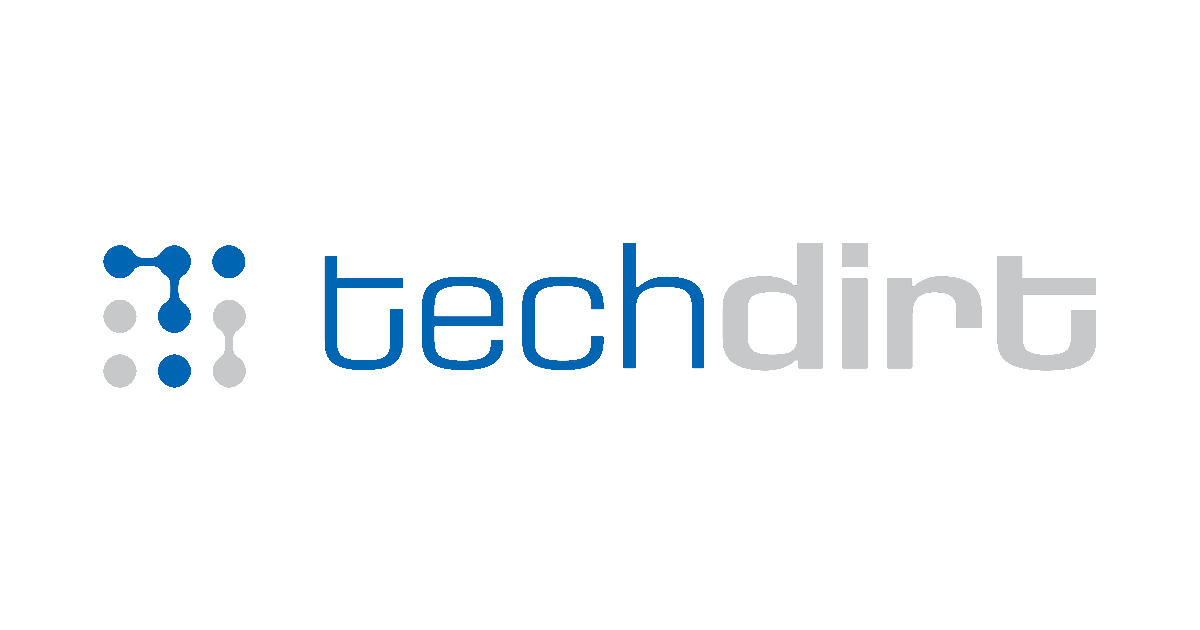
EFF Responds To Gas Companies Trying To Use Trademark To Silence Parody
Protecting IP Rights in the Age of Digital Parody: When Fair Use Meets Trademark Law
In today's digital landscape, the intersection of intellectual property rights and creative expression has become increasingly complex. As businesses struggle to maintain control over their brands while creators exercise their right to commentary and criticism, the need for clear IP protection strategies has never been more critical.
Key Developments
The evolving digital marketplace has created new challenges for trademark holders and content creators alike. We're seeing a surge in cases where traditional IP protection methods clash with emerging forms of digital expression, particularly in areas like parody and fair use. This tension highlights the need for both robust protection measures and a clear understanding of IP rights' limitations.
Implications for IP Protection
Modern IP holders must navigate a delicate balance between protecting their assets and respecting legitimate fair use. This challenge is particularly acute when:
- Brand messaging faces public commentary
- Parody works incorporate protected marks
- Digital transformation enables rapid content replication
- Traditional enforcement methods prove insufficient
Industry Impact
These developments are reshaping how organizations approach IP protection:
- Businesses must develop more nuanced enforcement strategies
- Content creators need clearer documentation of their fair use rights
- Legal teams require stronger evidence for IP claims
- Stakeholders seek more transparent ownership verification
Blockchain Solutions
Bitcoin blockchain certification offers a revolutionary approach to these challenges. By creating an immutable record of IP assets, organizations can:
- Establish definitive timestamp proof of existence
- Maintain verifiable ownership records
- Create transparent usage rights documentation
- Build stronger legal evidence chains
The Bitcoin blockchain's unmatched security and longevity make it the ideal foundation for modern IP protection. Unlike centralized solutions, blockchain certification provides:
- Decentralized verification
- Tamper-proof records
- Global accessibility
- Perpetual availability
Protection Best Practices
To effectively protect IP assets in today's environment:
- Document original works immediately upon creation
- Maintain clear records of usage rights and permissions
- Implement blockchain certification for critical IP assets
- Establish clear fair use guidelines
- Monitor usage while respecting legitimate commentary
Future Outlook
The landscape of IP protection continues to evolve, with several emerging trends:
- Increased integration of blockchain technology
- Growing emphasis on transparent rights management
- Rising importance of verifiable timestamps
- Enhanced focus on fair use boundaries
Organizations that adapt to these changes while maintaining robust protection measures will be best positioned for success.
Conclusion
As the digital landscape evolves, the importance of clear, verifiable IP protection becomes increasingly crucial. Blockchain certification provides the foundation for modern IP protection strategies, offering unprecedented security and transparency.
Ready to strengthen your IP protection strategy? Learn more about blockchain-based IP certification and take the first step toward securing your intellectual property for the future.